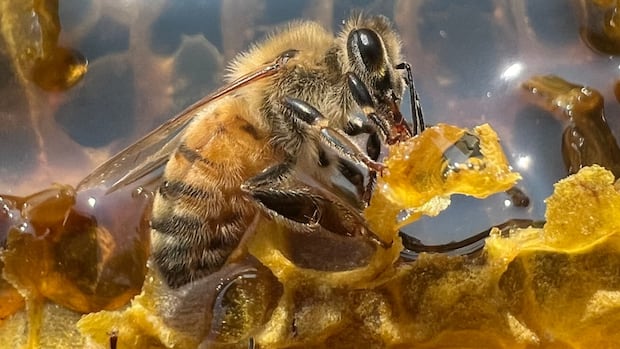Onboard a dangerous mission to disentangle a right whale

Saving a distressed whale, especially one as large as a 15-metre North Atlantic right whale, is a challenging and dangerous task. These majestic creatures face numerous threats during their summer migration up the eastern coast of North America, including ship strikes, food shortages, and entanglement in fishing gear. With fewer than 350 North Atlantic right whales left in the world, and only 100 breeding females, the population is at a critical juncture. Over the past decade, the whales have experienced unusually high mortality rates, with 20% of the population found dead, injured, or ill since 2017.
Teams of rescuers from various agencies are on call during the whales’ return to the waters around the Bay of Fundy, Gulf of St. Lawrence, and the New England coast. However, freeing a 60-tonne whale from ropes is a delicate and perilous task. Scott Landry, director of the Marine Animal Entanglement Response Program at the Center for Coastal Studies in Provincetown, Mass, explains the dangers involved in approaching a distressed right whale, noting that their flexibility allows them to touch their nose with their tail, making it a hazardous situation for rescuers.
In 2017, tragedy struck when volunteer whale rescuer Joe Howlett was killed by an entangled whale that flicked its tail with tremendous force. This incident highlighted the dangers faced by those trying to save entangled whales. The use of an old whaling strategy called “kegging,” where a floating buoy is attached to the trailing rope to prevent the whale from diving and escaping, is one method used by rescue teams.
Rope entanglement is identified as the main culprit in the endangerment of right whales, with the snow crab fishery often blamed for the problem. Efforts are being made to develop innovative ropeless methods for crab fishing to reduce the amount of fishing gear in the whales’ habitat. Conservation groups and scientists applaud the strict fishing area closures imposed by Fisheries and Oceans Canada in the Gulf of St. Lawrence to reduce the risk of entanglements. While no whale deaths have been recorded in Canadian waters since 2019, the population is still in decline, with only one-third of whale deaths ever being observed.
Despite the challenges, there is hope that the decline in the North Atlantic right whale population may be slowing. Continued efforts to protect these magnificent creatures through conservation measures and innovative fishing practices are essential to ensure their survival. Watch “Last of the Right Whales” on The Nature of Things to learn more about the ongoing efforts to save this critically endangered species.




